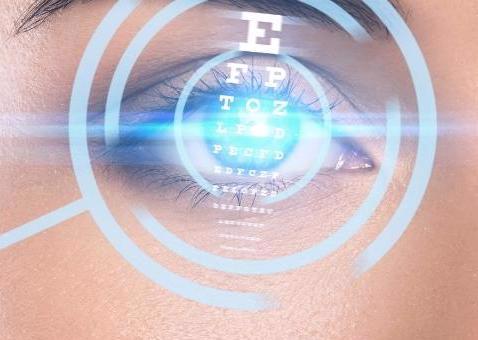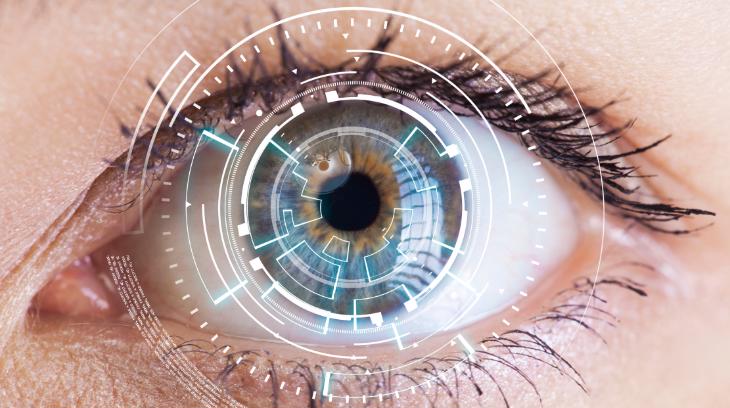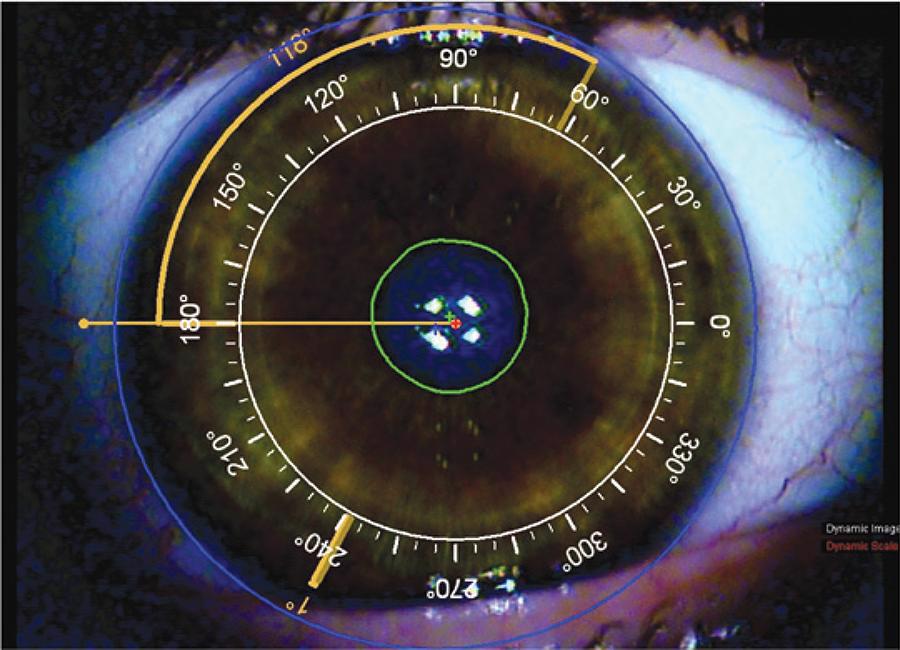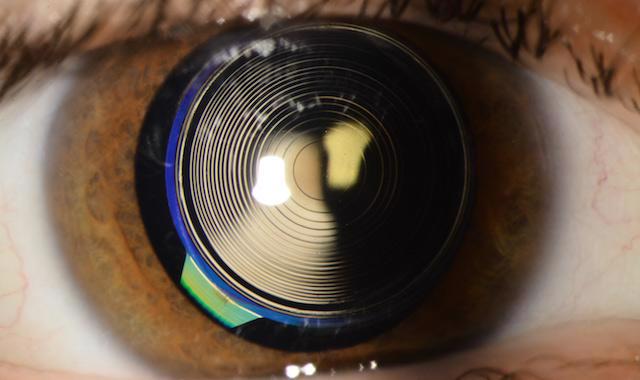Symptoms
Cataracts can take years to develop. Because of this slow progression, it is often not noticed how the cataracts are affecting your vision and quality of life
The main symptom of a cataract is cloudy or unclear vision. In the early stages, this can be a mild annoyance.
However, as cataracts become increasingly clouded, symptoms can begin to disrupt more of your daily life.
You may experience difficulty in anything from reading and writing, to recognizing facial expressions and even driving.
Night driving is often more difficult due to worsening of glare and starbursts around lights.

Common Symptoms
The gradual clouding of the lens caused by a cataract makes it difficult to see clearly. Below are the common symptoms associated with cataracts.
Cloudy Vision
Vision may become cloudy or blurred, making it difficult to see both up close and at a distance.
Dull Colors
Clouded vision due to cataracts can make colors appear less bright.
Needing More Light to Read
One of the first symptoms to notice with cataracts is the increased difficulty of reading. Most patients require more light to read.
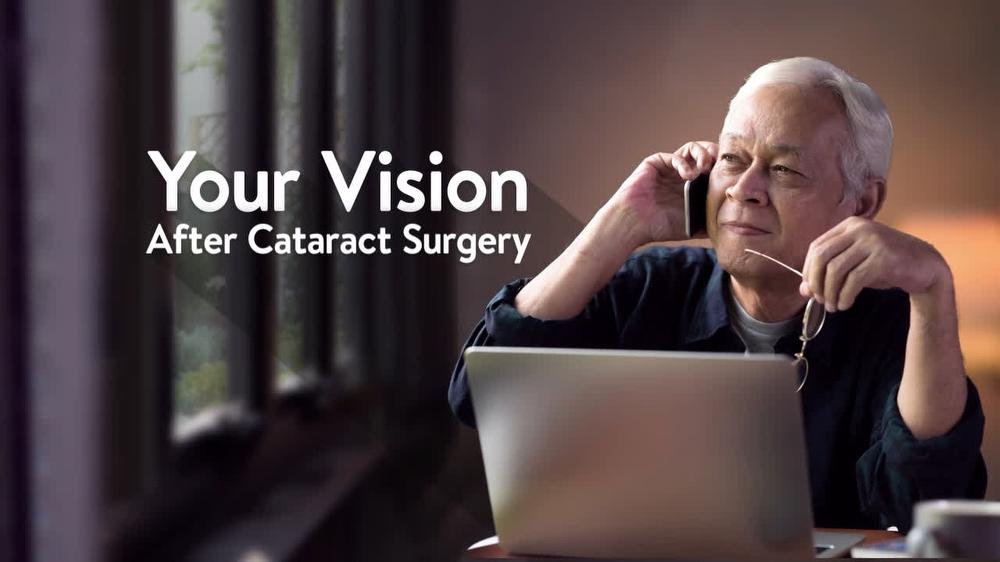
What You Should Know About Your Symptoms
Cataract symptoms can be easily treated with a safe and effective surgery. Arizona Eye Center performs hundreds of successful cataract procedures each year.
- Cataracts are a very common problem. Fortunately, they are also highly treatable.
- Treatment usually requires surgery, but it’s a simple and effective procedure.
- Contact your team at Arizona Eye Center and schedule an appointment to find out what are the best options for you.
Diagnosis
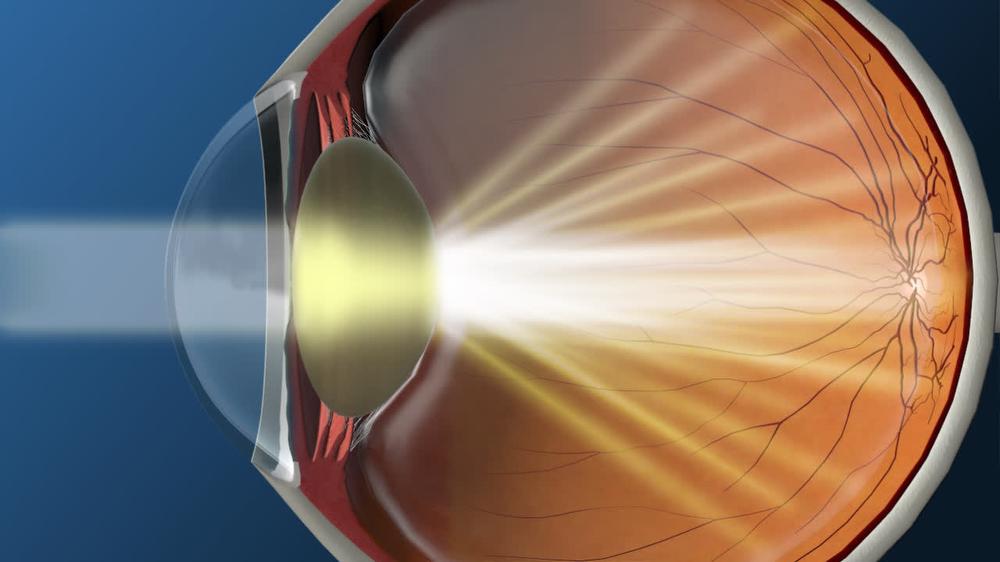
By age 75, nearly half of all Americans will have developed a cataract. When vision cannot be cleared by prescription lenses, a cataract is typically the reason. If a cataract is not the reason for the decrease in vision, we will do whatever it takes to find out why your vision is decreased. We will do the appropriate tests and send you to the appropriate specialists to provide you with the help you need. You will not be offered cataract surgery at Arizona Eye Center if we do not feel it is necessary. We do not fix things that are not broken without good reason.If you are a candidate for cataract surgery, we will discuss the treatment options available to restore your vision. We will explain the procedures and help you choose which lens option is best for you and your lifestyle. You will leave Arizona Eye Center to help you make your decision. You are always welcome to call or return for further education and answer any questions.
Risk Factors for Cataracts
Cataracts develop on everyone usually after the age of 60, but can develop at any age, the older you are the more likely you have cataracts. Most of our cataract surgical patients are aged 65 to 80. Other things besides age that can cause cataracts are prior eye surgery, certain medical conditions, certain medications, family history of cataracts at an early age and trauma. These will all be considered and evaluated on your exam at Arizona Eye Center.
Diabetes
Diabetes can increase the risk of many vision problems, including cataracts.
Smoking
People who smoke have an increased risk of developing cataracts.
Overexposure to UV Rays
There is evidence that too much exposure to ultraviolet rays can increase the chances of developing cataracts.
Preventing Cataracts
Eliminating common risk factors can help reduce your risk for developing cataracts. Here are some basic steps you can take to keep your eyes healthy:
- Stop smoking. Smoking contributes to cataracts as well as many other serious health conditions.
- Protect your eyes from UV rays. Wearing sunglasses and hats regularly can protect your eyes from harmful UV rays that may increase your risk for cataracts and other disease.
- Good clean living, increased antioxidant intakes which include green leafy vegetables has shown some evidence of delaying cataract formation.
Treatment
Cataract surgery is one of the most common surgeries performed in the United States. Arizona Eye Center are experts in cataract surgery.
Traditional cataract surgery involves removing the eye’s natural lens, which has become clouded, through a small incision made in the cornea. A clear, artificial lens is then inserted to replace it.
You won’t see or feel the new lens, and it will become a permanent part of the eye. No special care is required.
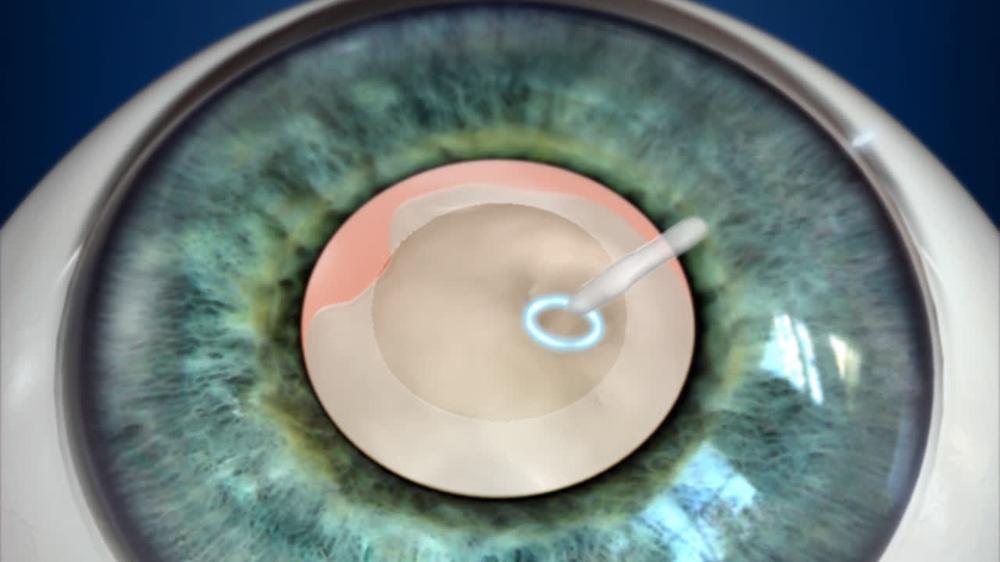
Traditional Cataract Surgery Alternatives
Cataract surgery was first known to occur in the world about 4000 years ago. There have been many improvements to remove and replace a cataract since. These improvements have added upon themselves making cataract surgery one of the most successful and rewarding procedures a person can have in their lifetime. At Arizona Eye Center we consider ALL methods possible for your cataract removal. We decide which method is best for you based upon our research, evidence based medicine and your medical conditions. The most common methods for cataract surgery at Arizona Eye Center are the following:
Ultrasound/Phacoemulsification
The biggest advancement in cataract surgery is being able to use small incisions. Prior to small incision cataract surgery, the lens had to be removed out of a 10mm incision. With a small incision, usually less than 3mm, the lens is broken up into small pieces and removed with vacuum. The most common way to break up the natural lens into small pieces is the use of ultrasound/phacoemulsification. After the inner part of the lens is removed, an artificial lens is placed inside the capsule where the original lens was. The surgery usually takes 10 or 15 minutes to complete. Ultrasound/phacoemulsification is an ingenious method that works quite well but it can place significant energy into the eye that can damage surrounding tissues including the fragile endothelial cells of the cornea, increase recovery time and lengthen the duration of pain.
The DepTech Method
Virtually all modern day cataract surgery procedures remove the inner part of the lens by ultrasound (phacoemulsification) with or without the assistance of a laser. Both laser and ultrasound create inflammation in the eye and damage the endothelial cells of the cornea. Dr. Depenbusch has developed a method of cataract surgery called the DepTech method, that requires little to no ultrasound or laser to remove the lens. This patented technique removes the inner part of the lens with significantly less energy than traditional or laser methods. DepTech cataract removal reduces the amount of endothelial cells lost during the procedure, and often has faster recovery with little to no pain.
Explaining Laser Cataract Surgery
Like traditional cataract surgery, laser cataract surgery removes the clouded natural lens of the eye and replaces it with a clear, artificial lens. The difference is that a computer-operated laser is used for some steps of the procedure instead of a manual process. Laser cataract surgery can be quite costly because it is not covered by Medicare and traditional insurances. There is little to no evidence that shows that laser assisted cataract surgery is safer or more effective than traditional methods.
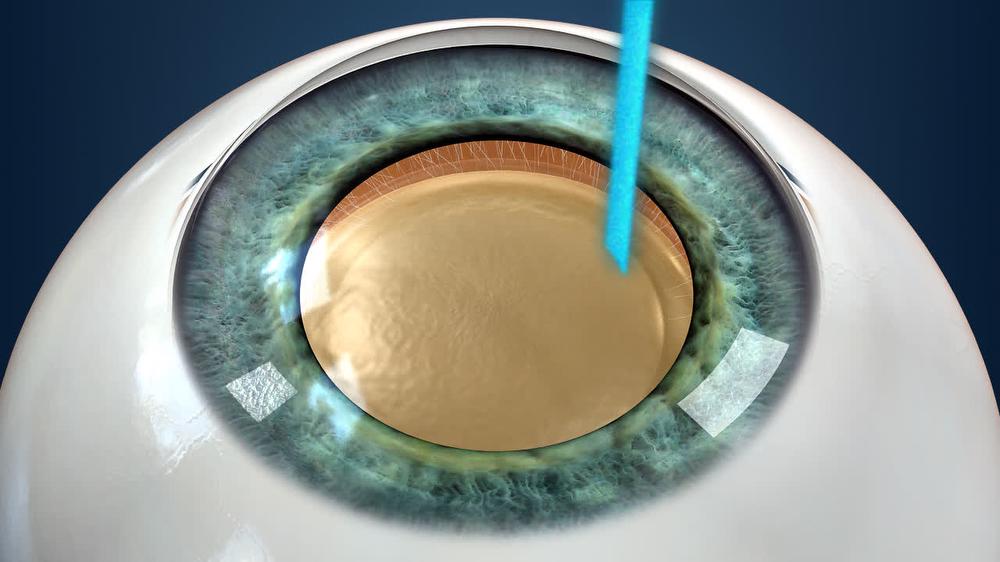
Lens Options
The type of replacement lens implant you choose depends on your needs and expectations. At Arizona Eye Center you will have a very thorough exam and you will be educated about all your lens options by Dr. Depenbusch and his staff. Arizona Eye Center wants you to be fully educated and a thoughtful decision will be made before your surgery. There are so many choices of implants to correct your vision it can be overwhelming. Some of the lens choices are not covered by insurances and require fees. Monofocal lenses are the lenses that insurances pay for and come with your “cataract surgery”. The important thing to know about these lenses is that they do not fix astigmatism. If you have astigmatism you will require glasses after surgery if you choose this lens. For those lucky patients with little to no astigmatism, these lenses are an excellent choice because they can allow you to have good distance vision OR good near vision but NOT both in the same eye. So, if you choose distance vision correction you will need glasses for near and visa versa. Toric lenses are astigmatism correcting lenses. If you have astigmatism this is one of the lenses that can correct your vision for distance OR near but NOT both in the same eye. So if you have astigmatism and you choose this lens for distance vision you will still need glasses for near and visa versa. The only down side to this lens is the cost, this is an out of pocket expense since insurance does not cover the cost of this lens. Multifocal lenses can do everything. If you are a good candidate for this lens, it can correct for distance, near and astigmatism all at once in the same eye. These are an excellent choice for those with active lifestyles and even for those that are not. Most people that choose these lenses do not require glasses for distance or near for the rest of their lives. There are two downsides to these lenses, the main downside is the cost and the other is that some occasional patients may see some halos on headlights and tail lights while driving at night.
